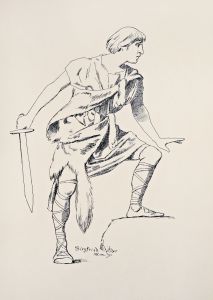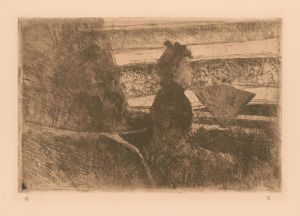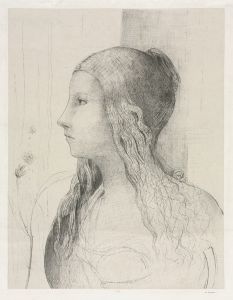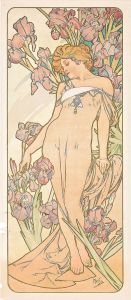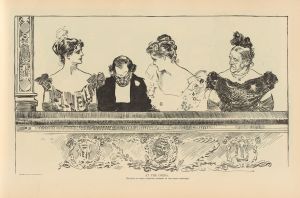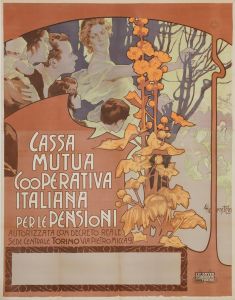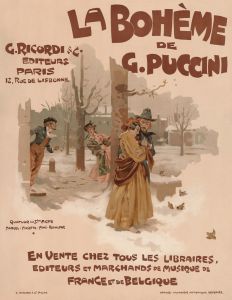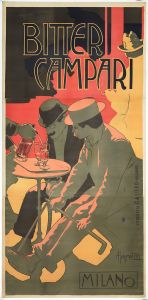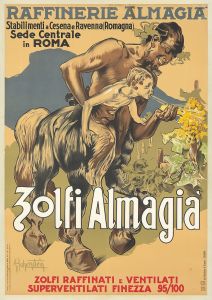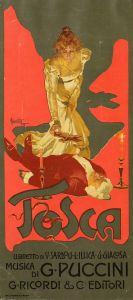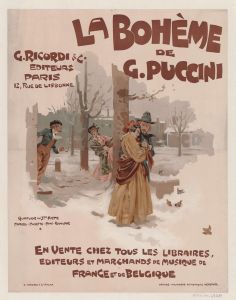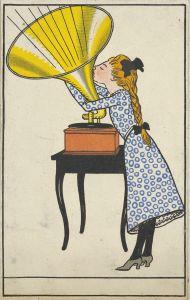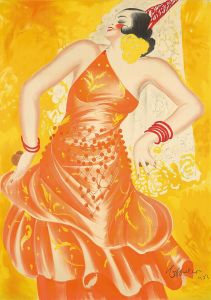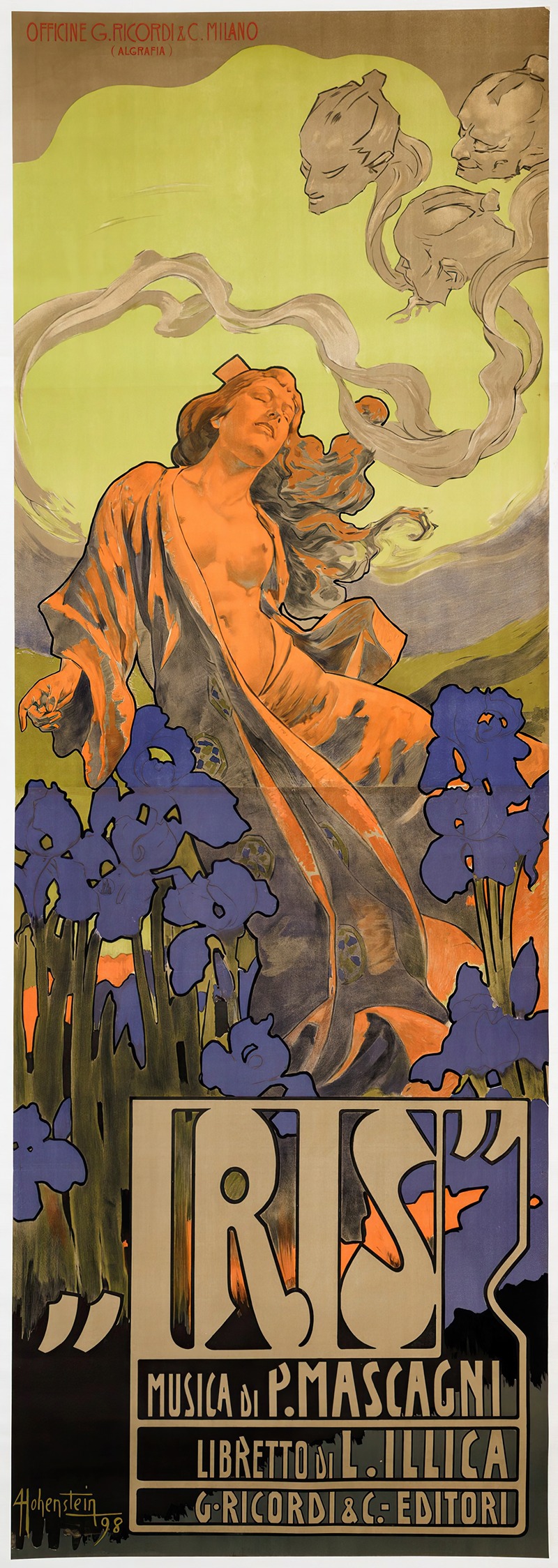
Iris, Musica Di P.Mascagni
A hand-painted replica of Adolfo Hohenstein’s masterpiece Iris, Musica Di P.Mascagni, meticulously crafted by professional artists to capture the true essence of the original. Each piece is created with museum-quality canvas and rare mineral pigments, carefully painted by experienced artists with delicate brushstrokes and rich, layered colors to perfectly recreate the texture of the original artwork. Unlike machine-printed reproductions, this hand-painted version brings the painting to life, infused with the artist’s emotions and skill in every stroke. Whether for personal collection or home decoration, it instantly elevates the artistic atmosphere of any space.
Adolfo Hohenstein's artwork Iris, Musica Di P. Mascagni is a notable example of late 19th-century poster art, created to promote Pietro Mascagni's opera Iris. The opera, which premiered on November 22, 1898, at the Teatro Costanzi in Rome, is a verismo work set in Japan and explores themes of innocence, betrayal, and redemption. Hohenstein's poster captures the essence of the opera's exotic and dramatic themes through its striking visual design.
Adolfo Hohenstein (1854–1928) was a German-Italian painter, illustrator, and graphic designer, widely regarded as one of the pioneers of modern Italian poster art. Often referred to as the "father of Italian poster design," Hohenstein was a key figure in the Art Nouveau movement in Italy. His work is characterized by its elegant lines, vibrant colors, and intricate details, which were instrumental in shaping the visual culture of the time.
The poster for Iris is a quintessential example of Hohenstein's style. It features a central female figure, likely representing the titular character Iris, surrounded by floral motifs and a luminous, dreamlike atmosphere. The use of soft yet vivid colors and the incorporation of Japanese-inspired elements reflect the opera's setting and themes. The composition is both decorative and evocative, drawing the viewer's attention while conveying the emotional depth of Mascagni's music.
Hohenstein's design for Iris was not merely a promotional tool but also a work of art in its own right. During this period, opera posters were an important medium for advertising and were often created by leading artists of the time. These posters were displayed in public spaces, serving as a bridge between high art and popular culture. Hohenstein's work exemplifies this intersection, combining artistic innovation with commercial appeal.
The collaboration between Mascagni and Hohenstein reflects the broader cultural trends of the late 19th century, when opera and visual art were closely intertwined. Mascagni, already famous for his earlier opera Cavalleria Rusticana, sought to create a work that would captivate audiences both musically and visually. Hohenstein's poster played a significant role in shaping the public's perception of Iris and contributed to the opera's initial success.
Today, Iris, Musica Di P. Mascagni by Adolfo Hohenstein is celebrated as a masterpiece of poster art and a testament to the rich cultural exchange between music and visual art during the fin de siècle period. The poster remains an important artifact for both art historians and opera enthusiasts, offering insight into the artistic and cultural milieu of its time.





